Introduction
Artificial Intelligence (AI) has made tremendous strides in recent years, touching almost every aspect of modern life. From transforming industries to revolutionizing daily tasks, AI’s impact is undeniable. However, as AI continues to evolve, it brings with it both promising opportunities and significant challenges. One of the most pressing concerns is the impact of AI on data privacy. As AI systems become increasingly sophisticated, the amount of personal data being processed, stored, and analyzed grows exponentially. This raises critical questions about how AI can both enhance and threaten our privacy.
In this article, we will explore the potential risks AI poses to data privacy, examine how AI technologies work with personal data, and discuss the regulatory and ethical concerns associated with AI development. Furthermore, we will look at how we can safeguard our privacy in an increasingly AI-driven world.
1. The Relationship Between AI and Data Privacy
A. How AI Uses Personal Data
AI systems rely heavily on data to function effectively. Machine learning, a subset of AI, needs vast amounts of data to train algorithms, improve predictions, and optimize performance. These datasets often contain sensitive personal information, such as browsing history, location, financial records, health data, and more.
- Big Data: AI thrives on big data. To generate accurate models and predictions, AI systems need access to diverse datasets that can reflect real-world situations. The more data AI has, the more accurate its predictions can be, but this also raises concerns about the extent to which personal information is being used without explicit consent.
- Real-time Data Collection: AI-driven devices such as voice assistants (Siri, Alexa), smartphones, and smart home devices constantly collect data in real time. This data can be used to make immediate decisions—such as recommending products or adjusting home settings—but it also means that vast amounts of personal data are being gathered continuously, sometimes without the user’s full awareness.
B. Data Mining and Profiling
AI can process and analyze large volumes of personal data in ways that were previously impossible. One of the significant risks here is the development of detailed profiles based on individual behaviors, preferences, and habits.
- Predictive Analytics: AI systems can analyze patterns in data to make predictions about an individual’s future behavior. For example, AI can predict what products a person may be interested in, what news articles they may find appealing, or even their emotional state. These predictions can be used for targeted advertising, political campaigning, and other commercial purposes. While this may seem innocuous, the problem arises when this data is used to manipulate or influence individuals in ways they are unaware of.
- Behavioral Targeting: Companies use AI to tailor advertisements to specific individuals based on their browsing history, search queries, and even social media activity. This highly personalized marketing can be invasive and may blur the lines between useful recommendations and unethical surveillance.
2. The Risks AI Poses to Data Privacy
A. Invasive Surveillance
AI has the capability to monitor and track individuals in ways that were once the realm of science fiction. Whether through facial recognition systems, social media activity monitoring, or tracking behaviors via smartphones and smart devices, AI enables widespread surveillance that can threaten privacy.
- Facial Recognition Technology: AI-powered facial recognition systems have become widespread, allowing governments and private companies to track individuals in public spaces. While these technologies are often marketed as tools for security, they can be used for mass surveillance, raising concerns about civil liberties and the potential for authoritarian misuse.
- Social Media Monitoring: AI systems are used by both governments and corporations to monitor social media activity. These AI-driven tools can analyze users’ posts, comments, likes, and even their social networks to gain insight into their political views, preferences, and personal behaviors. This can lead to breaches of privacy, and in extreme cases, manipulation of public opinion.
B. Data Breaches and Unauthorized Access
With AI systems constantly collecting and analyzing vast amounts of personal data, there is an inherent risk that sensitive information could be exposed due to hacking or system vulnerabilities.
- Increased Attack Surface: As AI systems store and process more personal data, they become attractive targets for cybercriminals. Data breaches involving AI systems could expose large volumes of sensitive information, leading to financial losses, identity theft, or even blackmail.
- Insider Threats: Employees or contractors with access to AI systems and data can misuse their privileges to access personal information without proper oversight. This poses a significant risk to data privacy, as insiders could intentionally or unintentionally cause breaches of confidentiality.
C. AI-Powered Deepfakes
AI technologies have enabled the creation of “deepfakes,” which are highly realistic but entirely fabricated audio and video recordings. These tools can be used to create misleading or harmful content, such as fake news, defamatory videos, or fabricated identities.
- Misinformation: AI-generated deepfakes can be used to manipulate public opinion or spread false information, undermining trust in media and public figures. This can have serious consequences, especially when used in political contexts or to damage someone’s reputation.
- Identity Theft: Deepfake technology can also be used to create false identities, enabling fraudsters to impersonate individuals in ways that can bypass traditional security measures, such as facial recognition and voice authentication.
3. Regulatory Challenges in Protecting Data Privacy in the Age of AI
A. Existing Privacy Regulations: GDPR and Beyond
Governments around the world have begun to implement data privacy regulations aimed at protecting individuals’ personal information. The European Union’s General Data Protection Regulation (GDPR) is one of the most comprehensive frameworks, designed to provide individuals with more control over their data and hold organizations accountable for how they handle it.
- GDPR: The GDPR mandates that companies obtain explicit consent before collecting personal data, provides individuals with the right to access and delete their data, and requires organizations to report data breaches within 72 hours. It also introduces the concept of “data protection by design,” which encourages companies to integrate privacy features into the development of their AI systems.
- Challenges with AI: While the GDPR and similar laws are an important step in protecting privacy, AI systems present new challenges. For example, AI systems often rely on large datasets that may contain personal data, and anonymization techniques can be easily reverse-engineered. Additionally, AI algorithms are often seen as “black boxes,” making it difficult to understand how decisions are made and whether they comply with privacy regulations.
B. The Need for Global Privacy Standards
As AI technologies evolve, there is a pressing need for more comprehensive and standardized global privacy regulations. The current fragmented regulatory environment makes it difficult to ensure that AI companies are adhering to the same privacy standards worldwide.
- Global Frameworks: There is a growing call for international cooperation in creating a unified set of privacy regulations that can be applied across borders. Such frameworks could help mitigate the risk of privacy violations by setting clear rules for AI systems that operate globally.
- Ethical AI Development: Beyond regulatory frameworks, AI developers must also adhere to ethical standards when designing systems that handle personal data. Transparency, fairness, accountability, and privacy by design must be embedded into the development process to ensure that AI systems respect users’ rights.
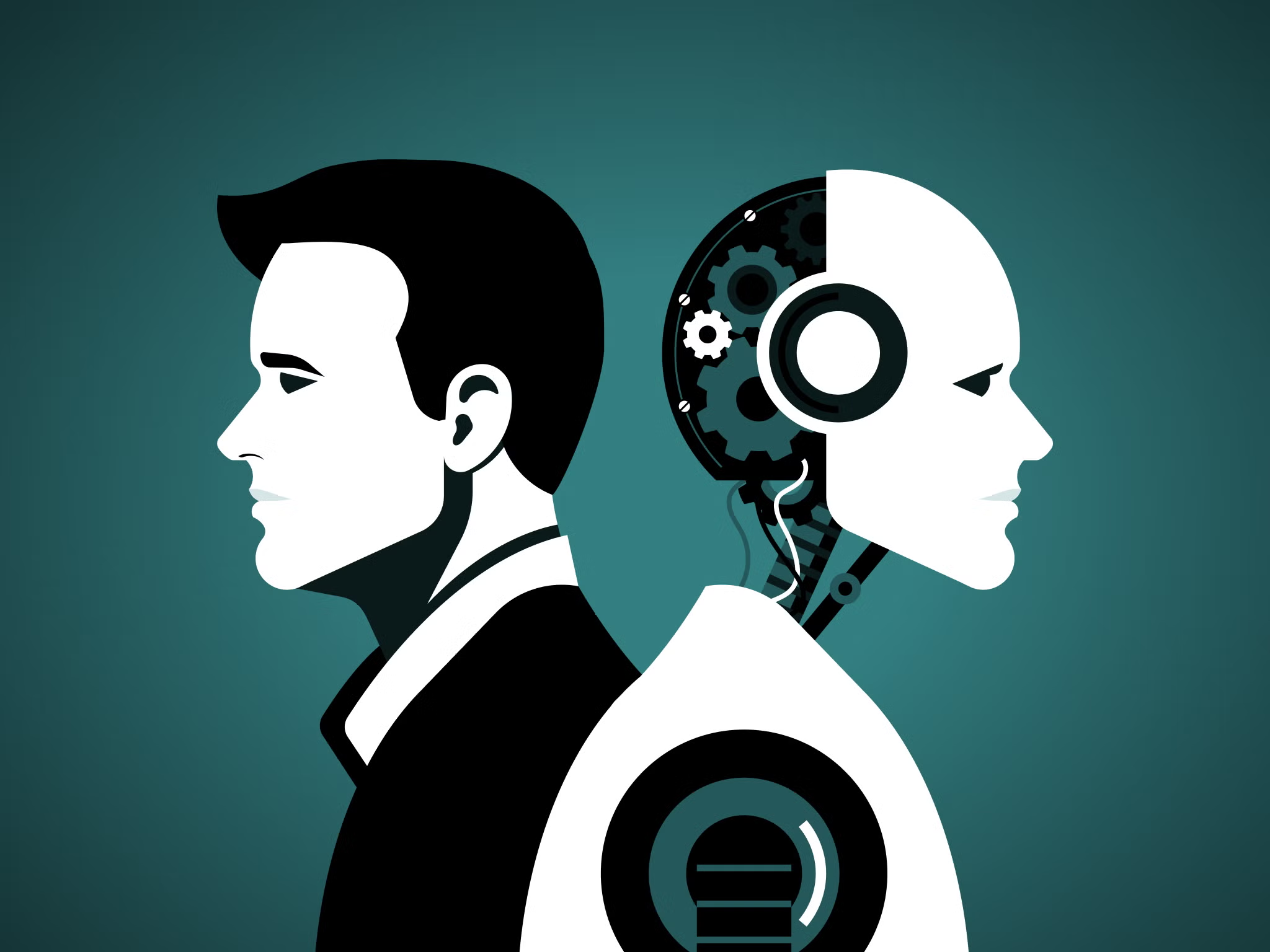
4. How to Protect Data Privacy in an AI-Driven World
A. Privacy by Design
One of the key principles that can help address privacy concerns is “privacy by design.” This approach advocates integrating data privacy into the development process of AI systems from the very beginning, rather than as an afterthought.
- Data Minimization: AI systems should be designed to collect only the minimum amount of data necessary to achieve their objectives. This reduces the potential for misuse and limits the scope of potential data breaches.
- Anonymization and Encryption: Anonymizing data before it is used for AI purposes and ensuring that it is encrypted during storage and transmission can significantly enhance privacy protection. This would make it more difficult for unauthorized parties to gain access to sensitive information.
B. Transparency and Accountability in AI Systems
To mitigate privacy risks, AI systems should be as transparent as possible, allowing users to understand how their data is being collected, used, and stored.
- Explainable AI: As AI technologies become more complex, it is essential that they remain explainable. This means that users should be able to understand how AI algorithms make decisions and what data they are using in the process. Explainable AI can help address privacy concerns and build trust between users and AI systems.
- Clear Consent Management: AI systems should ensure that individuals have control over their data. This includes offering easy-to-understand consent management tools, where users can opt in or out of data collection processes, as well as access and delete their data when they wish.
C. Public Awareness and Education
As AI becomes more pervasive, it is crucial for individuals to be educated about the risks to their data privacy. Users should understand how AI systems work, what data they collect, and how they can protect their privacy.
- Digital Literacy: Increasing digital literacy can empower users to make informed decisions about the data they share and help them recognize when their privacy may be at risk. Educational initiatives should focus on raising awareness about the privacy implications of AI technologies and teaching individuals how to safeguard their personal data.
5. Conclusion: Striking a Balance Between AI and Data Privacy
AI holds incredible potential to improve our lives, from enhancing personalized experiences to driving innovation across industries. However, as AI systems become more integrated into our daily lives, the risk to data privacy increases. In order to mitigate these risks, it is essential for AI systems to be developed with privacy at their core, ensuring that data is handled transparently and responsibly.
Governments, tech companies, and individuals must work together to create robust privacy protections and ethical guidelines that can balance the benefits of AI with the need for data security. Only by doing so can we ensure that AI fulfills its potential without compromising our fundamental right to privacy.
As AI technology continues to evolve, it is crucial that we remain vigilant and proactive in protecting our personal data. Through careful regulation, ethical development, and public awareness, we can navigate the challenges posed by AI and ensure that it serves humanity in a responsible and privacy-respecting manner.











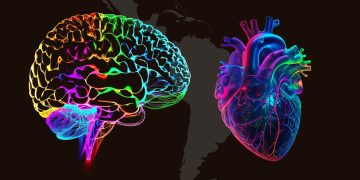


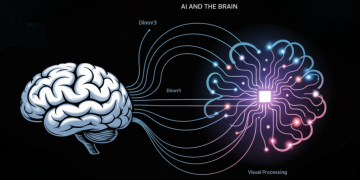

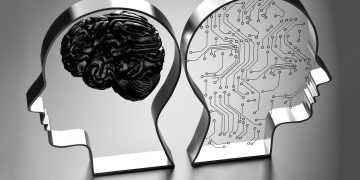












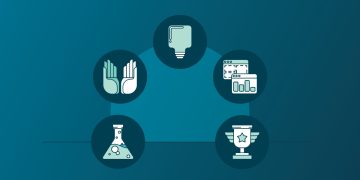

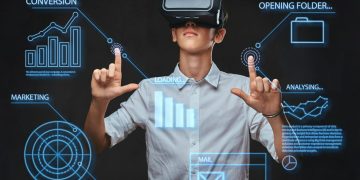


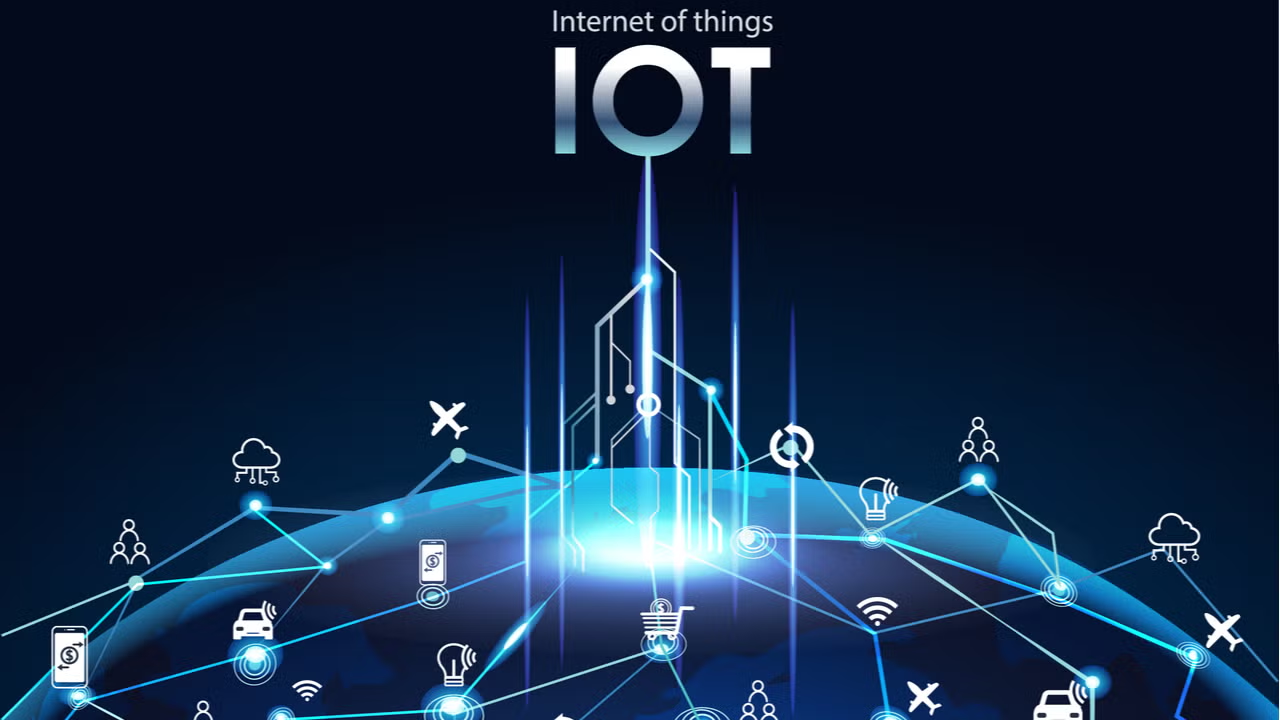
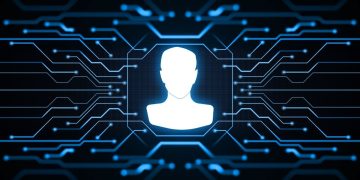
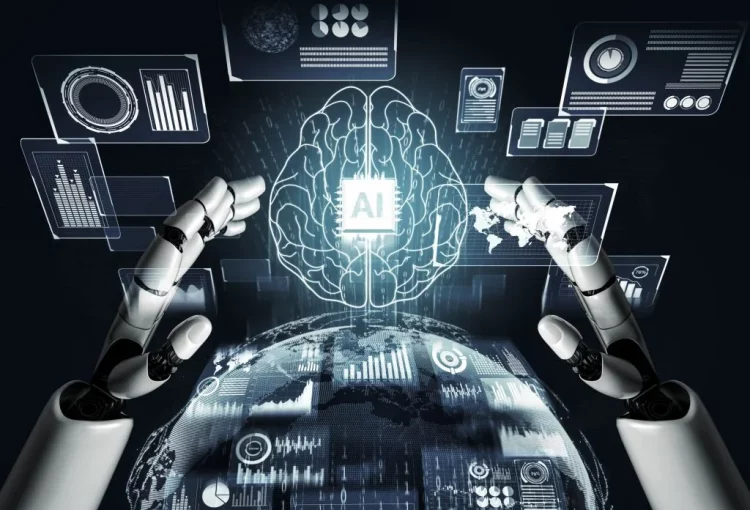











Discussion about this post